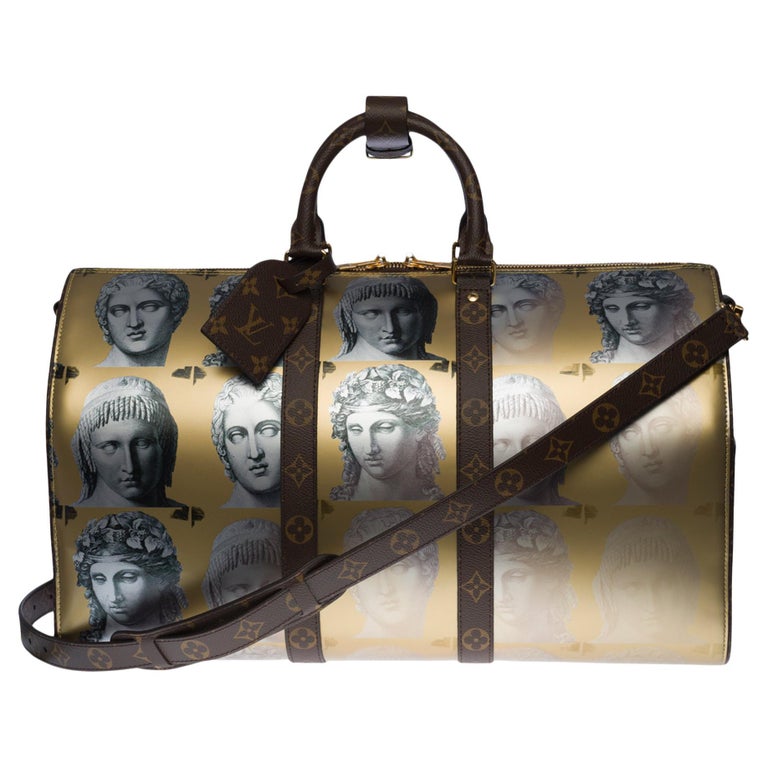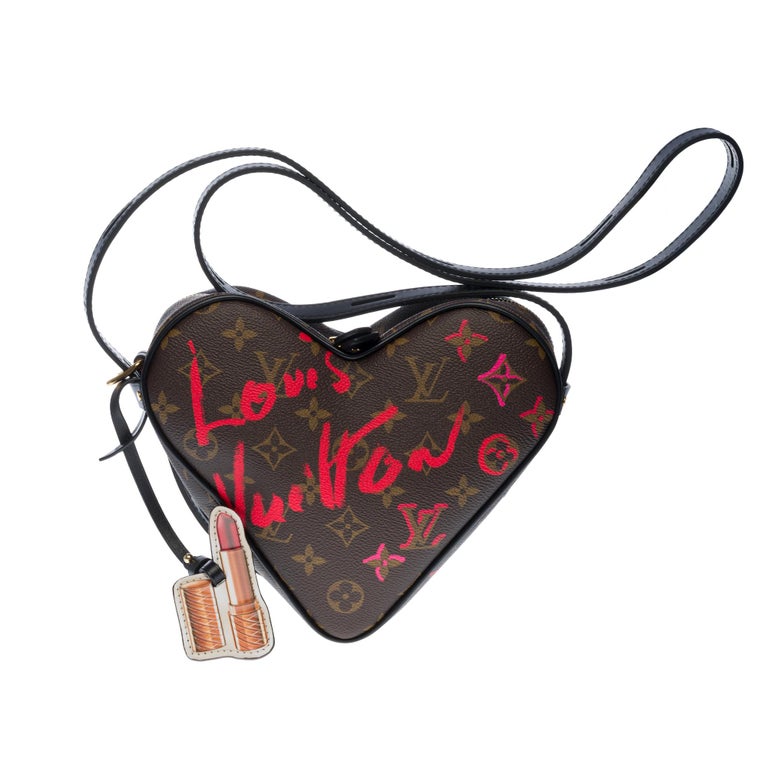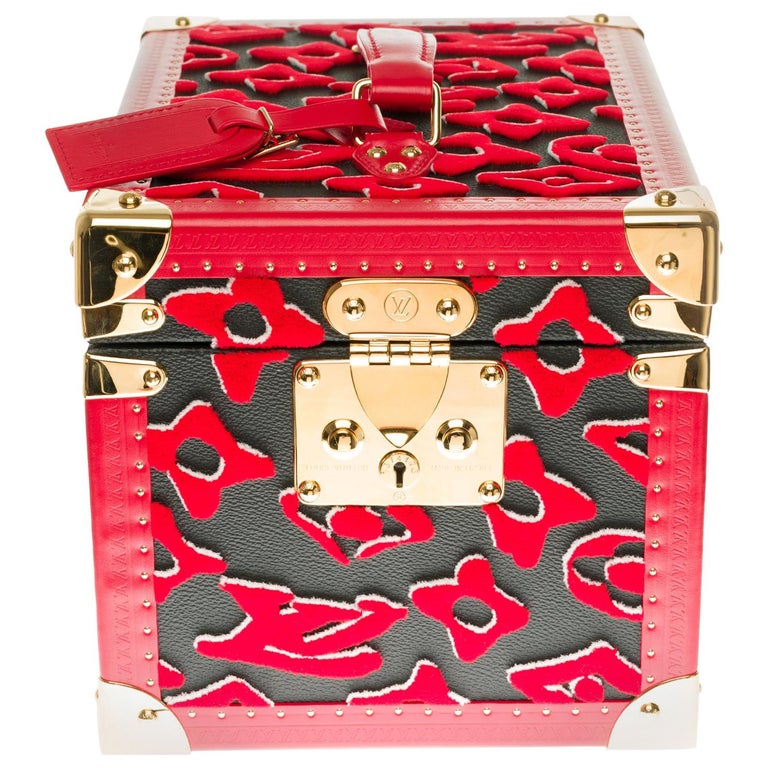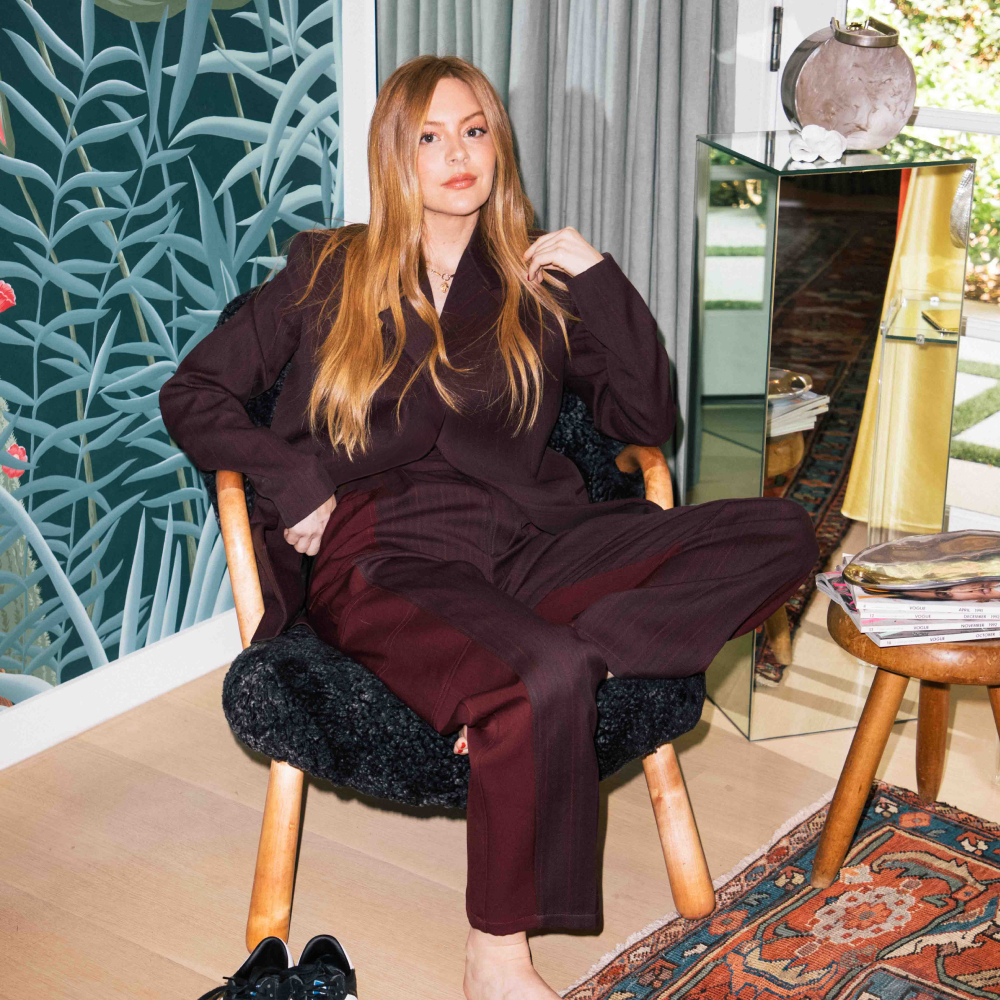January 16, 2022When Alain Mochirian is asked why he loves his work, conversation pauses. This, he knows, is not a moment for mere words. Seeing is understanding, and a Zoom show-and-tell is in order. Mochirian, the proprietor of Paris-based luxury reseller Houloux, walks to a table where some newly arrived bags await, each in its own soft, protective sack. Why does he love his work? From the first sack, he carefully pulls an elegant black Chanel Boy bag, turning it slowly so it can be admired from all angles. Next comes an unhurried appreciation of a sleek, black Chanel double flap. Finally, he removes from its cocoon an Hermès Kelly, Noir, with gold hardware, taking the time to pay reverence to its craftsmanship.

There is passion and showmanship in this moment. Mochirian’s flair for the theatric is perhaps not surprising. He spent 15 years as creative director for such elite Parisian nightclubs as Palais Maillot (which he founded) and Le Milliardaire, hosting acts like Rihanna and P. Diddy, before launching Houloux with his partner, Goli Mirdjalali, in 2018. It was not an obvious transition. Although he acknowledges that “the celebrities and clients of the clubs had beautiful bags,” the significance of such details eluded him: “At the time, I wasn’t interested.” Nonetheless, ready for a career change, he and Mirdjalali began exploring the luxury resale market, and they found iconic handbags to be a never-ending source of interest as well as a lucrative niche.
“It was very stressful, especially at the beginning,” says Mochirian. “Our company was working — and is still working — with the best experts in luxury handbags.” These experts authenticated bags and taught the partners how to do so themselves. It took two years (and the experience of purchasing a very expensive — and fake! — orange Birkin) for them to become comfortable with the process. It took them about the same time to establish their roster of sources. “We now have quite a strong network from all over the world,” says Mochirian.
Throughout, there has been much to absorb, he says — “the history of each bag, how it’s made, how it’s crafted” — and he loves it all. Another lesson to learn: “Is a Hermès bag Sellier or Retourné, and what is the difference?” (The first has a rigid construction, the second a softer one.) Mochirian’s enthusiasm for the topic is obvious, contagious — and, these days, all encompassing.

“Everywhere I go, I’m checking the bags,” he admits, recalling a recent evening at a restaurant when a woman at the next table proudly shared her new Chanel bag. “I’m very sorry,” he told her. “I probably shouldn’t say this, but your bag is not authentic.”
She was, of course, crestfallen. But he walked her through the details, hopefully sparing her future mistakes. Here, Mochirian shares his insights on investing in luxury bags — safely and serenely — and growing a collection.

Your site uses the phrase “luxury-as-investment portfolio.” What does that mean to you?
Each year, the value of an Hermès bag increases ten to fifteen percent. And Chanel prices have also increased about ten percent this year. So for the buyer, [a luxury bag] is a safe investment.
We sold a very rare Kelly bag to a client who is a lawyer. After she bought it, she said, “I’m going to be honest. The bag is going directly in the safe, like all the other Kelly bags I have.” Maybe she will use it once or twice, but in her mind, it was an investment.
Do you have any suggestions about beginning a collection?
I recommend that people start with the classic bags in classic leathers and colors — black, beige, gray. Then, they can start to collect colors like green and red. In general, clients want something that reflects their own style.

How about suggestions for taking care of bags?
We received two Chanel bags the other day. They were about thirty years old but looked like new. The lambskin and the hardware were in perfect condition. Someone took very good care of these. People used to always put their bags down on a chair or a sofa, to take care of the leather and the feet. Now, you see everywhere women putting the bags on the floor. And this is reflected in the condition of the bag — the corners are rubbed.

What bag do you find to be most popular right now?
Before, it was the Hermès Kelly bag. But now, the Chanel business is very strong. Hermès is much more expensive. And you can’t wear a Kelly or Birkin bag every day. But Chanel, you can use for work or for the night when you are going out.
Where do you see the vintage market going in 2022?
The market has doubled in six years and will continue to grow. In fact, the secondhand market is increasing to the point that luxury brands are planning to enter it.









